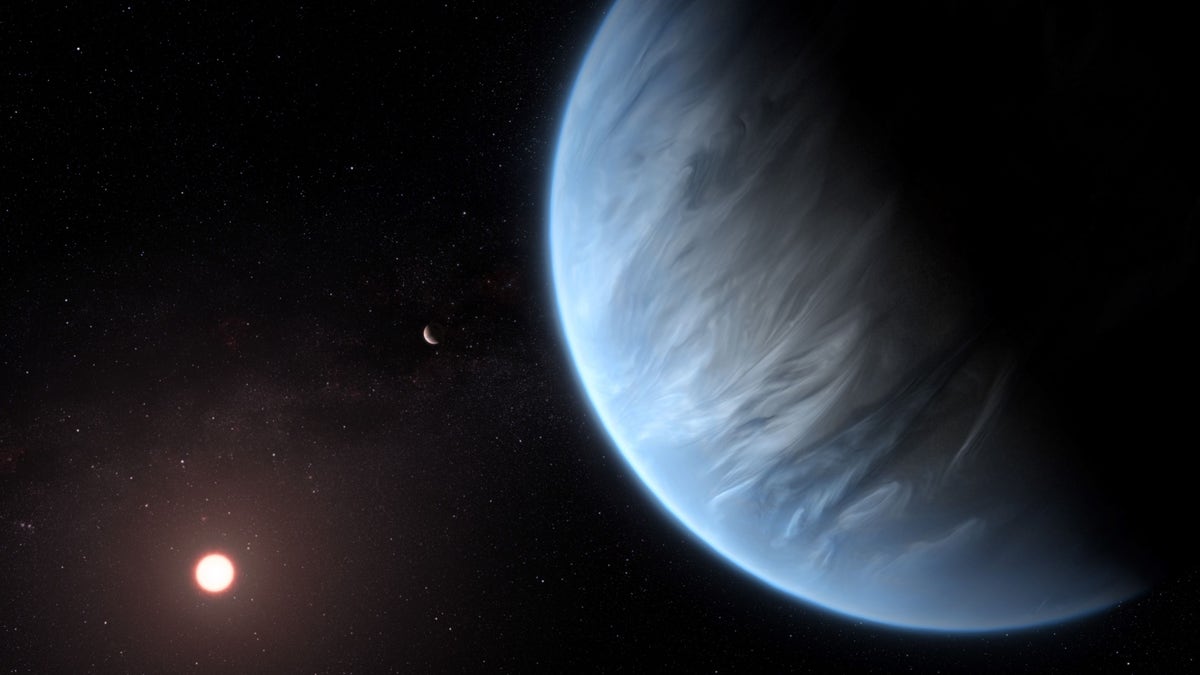Fox News Flash top headlines for May 13
Fox News Flash top headlines are here. Check out what's clicking on Foxnews.com.
Researchers have found a Super-Earth exoplanet they describe as "one in a million" in deep space.
The newly discovered exoplanet is "one of only a handful" that has been discovered that has both a size and orbit similar to Earth. It takes about 617 days to orbit its host star, one that is believed to have just 10 percent the mass of our Sun.
“To have an idea of the rarity of the detection, the time it took to observe the magnification due to the host star was approximately five days, while the planet was detected only during a small five-hour distortion," Dr. Herrera Martin, the study's lead author, said in a statement.
'WEIRD' EXOPLANET 800 LIGHT-YEARS FROM EARTH HAS YELLOW SKIES AND IRON RAIN
"After confirming this was indeed caused by another ‘body’ different from the star, and not an instrumental error, we proceeded to obtain the characteristics of the star-planet system," Martin added.
To find the super-Earth, Martin and the other researchers used a gravitational microlensing technique.
“The combined gravity of the planet and its host star caused the light from a more distant background star to be magnified in a particular way," Martin explained. "We used telescopes distributed around the world to measure the light-bending effect.”
The findings have been described in The Astronomical Journal.
PLANET 9 DISCOVERY GETS CLOSER AS ASTRONOMERS DISCOVER 139 'MINOR PLANETS' PAST NEPTUNE
More than 4,000 exoplanets have been found as of April 2020, including one recent discovery nearly 800 light-years from Earth that has yellow skies and rains iron.
In early March, an astronomy student from the University of British Columbia discovered 17 new exoplanets, including one that is roughly the same size as Earth.
Known as KIC-7340288 b, the exoplanet is "small enough to be considered rocky," at just 1.5 times the size of Earth, and is in the habitable zone of the star it orbits.

Artist's impression of exoplanet K2-18b showing the planet, its host star and an accompanying planet. (Credit: ESA/Hubble, M. Kornmesser)
Another recently discovered exoplanet, K2-18b, is also "potentially habitable" and is just 124 light-years from Earth. The newly discovered planet is in the "habitable zone" around its star, a sign that "it’s possible for the planet to host liquid water at habitable conditions beneath its hydrogen-rich atmosphere," researchers said.





















